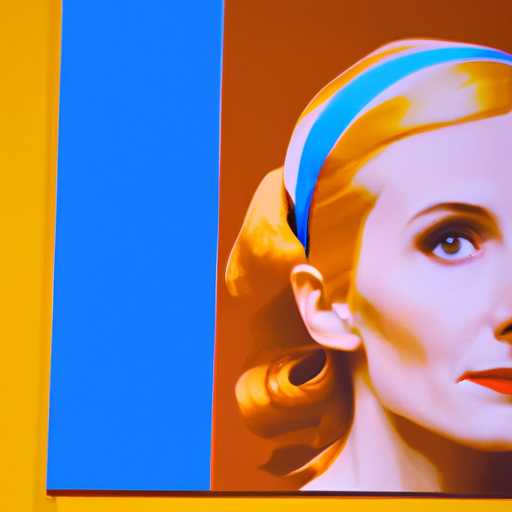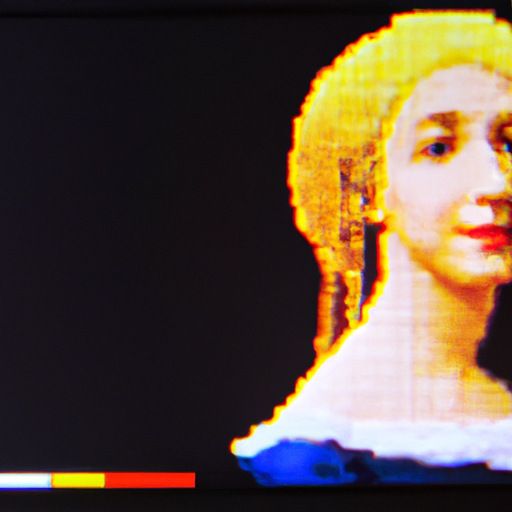
-
Table of Contents
Animation and Fine Art: Bridging the Gap in Design

Animation and fine art are two distinct disciplines that have traditionally been seen as separate entities. Fine art is often associated with traditional mediums such as painting and sculpture, while animation is seen as a more modern and technological form of expression. However, in recent years, there has been a growing recognition of the potential for these two disciplines to intersect and influence each other. This article explores the ways in which animation and fine art can bridge the gap in design, creating new and exciting possibilities for artists and designers.
The Evolution of Animation
Animation has come a long way since its early days as a novelty form of entertainment. From hand-drawn cartoons to computer-generated imagery (CGI), animation has evolved into a sophisticated art form that encompasses a wide range of styles and techniques. With advancements in technology, animators now have access to powerful software and tools that allow them to create stunning visuals and bring their imagination to life.
One of the key aspects of animation is its ability to tell stories and convey emotions through movement. This is where the connection to fine art becomes apparent. Just like a painting or sculpture, animation has the power to evoke emotions and engage the viewer on a deeper level. By combining the principles of design and animation, artists can create visually compelling and emotionally resonant works of art.
The Influence of Fine Art on Animation
Fine art has long been a source of inspiration for animators. Many iconic animated films and characters have been influenced by the works of famous artists. For example, the visual style of Disney’s “Sleeping Beauty” was heavily influenced by the art of medieval tapestries and Renaissance paintings. The use of color, composition, and texture in these artworks translated seamlessly into the animated world, creating a visually stunning and immersive experience for the audience.
Similarly, the works of artists such as Salvador Dali and Pablo Picasso have had a profound impact on the world of animation. Their surreal and abstract styles have inspired animators to push the boundaries of what is possible in terms of visual storytelling. Films like “Fantasia” and “The Illusionist” showcase the influence of fine art on animation, with their dreamlike sequences and experimental visuals.
The Integration of Animation in Fine Art
While animation has often been seen as a separate discipline from fine art, there is a growing trend of artists incorporating animation into their work. This integration allows artists to explore new possibilities and push the boundaries of traditional art forms. By combining animation with painting, sculpture, or installation art, artists can create immersive and interactive experiences for the viewer.
One example of this integration is the work of Japanese artist Takashi Murakami. Murakami is known for his vibrant and colorful paintings that blend traditional Japanese art with contemporary pop culture. In recent years, he has started incorporating animation into his installations, creating dynamic and visually stunning environments. His work blurs the line between fine art and animation, inviting the viewer to engage with the artwork on multiple levels.
Case Study: “The Clock” by Christian Marclay
A notable example of the intersection between animation and fine art is the installation “The Clock” by Swiss-American artist Christian Marclay. “The Clock” is a 24-hour video montage that consists of thousands of film and television clips depicting clocks or references to time. The clips are meticulously edited together to create a seamless narrative that unfolds in real-time.
What makes “The Clock” a unique and groundbreaking work of art is its use of animation techniques. Marclay carefully selects and edits each clip to create a sense of continuity and flow, seamlessly transitioning from one scene to another. The result is a mesmerizing and immersive experience that blurs the line between reality and fiction.
By incorporating animation techniques into “The Clock,” Marclay is able to create a cohesive and visually engaging narrative that transcends the limitations of traditional film. The installation has been widely acclaimed for its innovative approach to storytelling and has been exhibited in major art institutions around the world.
The Future of Animation and Fine Art
As technology continues to advance, the possibilities for animation and fine art to intersect and influence each other are only going to grow. Virtual reality (VR) and augmented reality (AR) are already being used by artists and animators to create immersive and interactive experiences. These technologies allow viewers to step into the artwork and engage with it in new and exciting ways.
Furthermore, the rise of digital platforms and social media has opened up new avenues for artists to showcase their work and reach a wider audience. Animated GIFs, short films, and interactive installations are just a few examples of how animation and fine art can be shared and experienced online.
Key Takeaways
- Animation and fine art can intersect and influence each other, creating new possibilities for artists and designers.
- Animation has evolved into a sophisticated art form that can evoke emotions and engage the viewer on a deeper level.
- Fine art has long been a source of inspiration for animators, with many iconic animated films being influenced by famous artists.
- There is a growing trend of artists incorporating animation into their work, blurring the line between fine art and animation.
- Case studies such as “The Clock” by Christian Marclay demonstrate the innovative use of animation techniques in fine art installations.
- The future of animation and fine art lies in technologies such as VR and AR, as well as digital platforms and social media.
Conclusion
Animation and fine art are no longer separate entities but are instead converging to create new and exciting possibilities for artists and designers. The evolution of animation as a sophisticated art form, combined with the influence of fine art on animation, has led to a blurring of the boundaries between these disciplines. Artists are now incorporating animation into their work, creating immersive and interactive experiences for the viewer. The future of animation and fine art lies in technologies such as VR and AR, as well as digital platforms and social media. As these technologies continue to advance, we can expect to see even more innovative and groundbreaking works of art that bridge the gap between animation and fine art.
